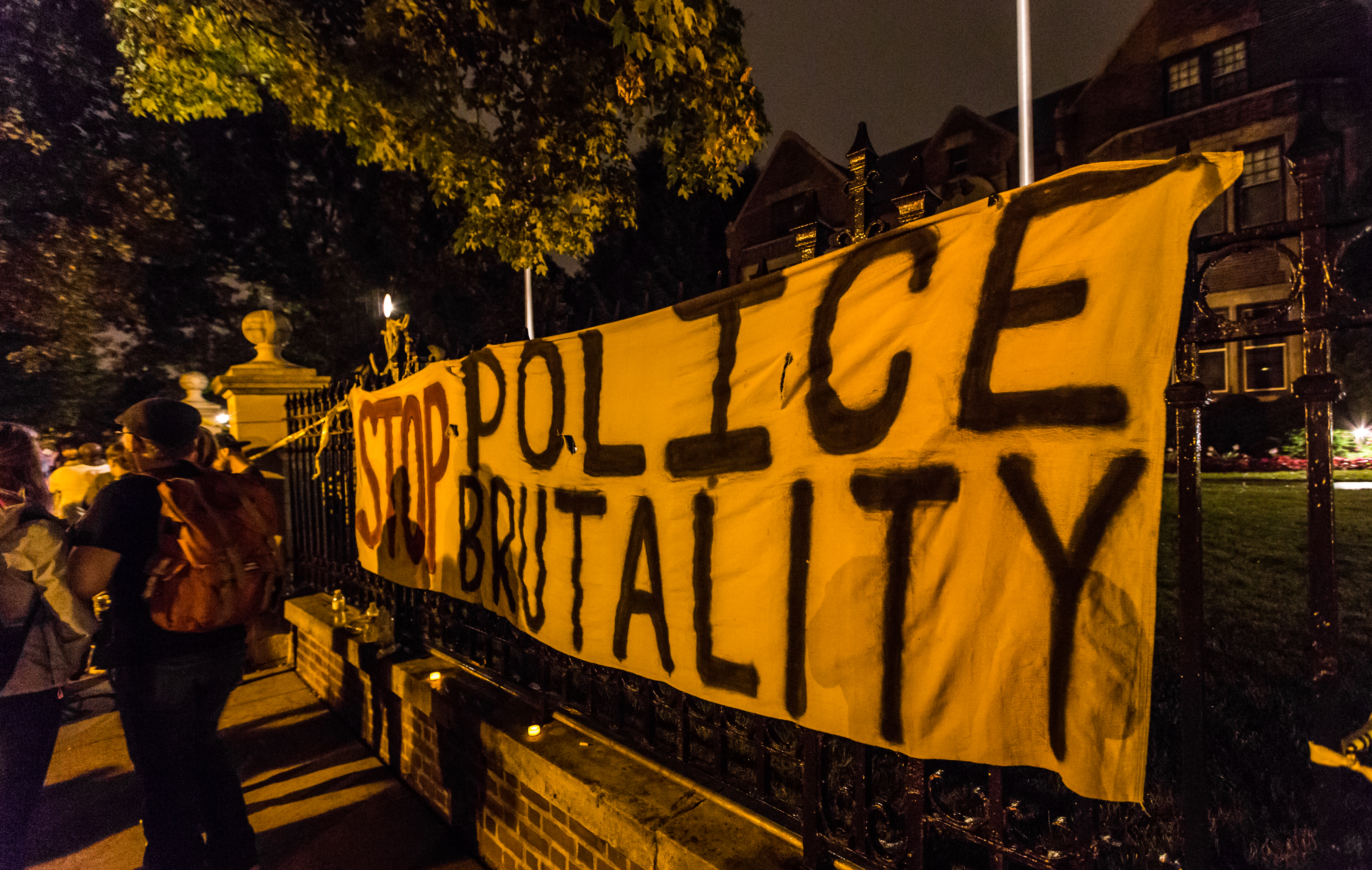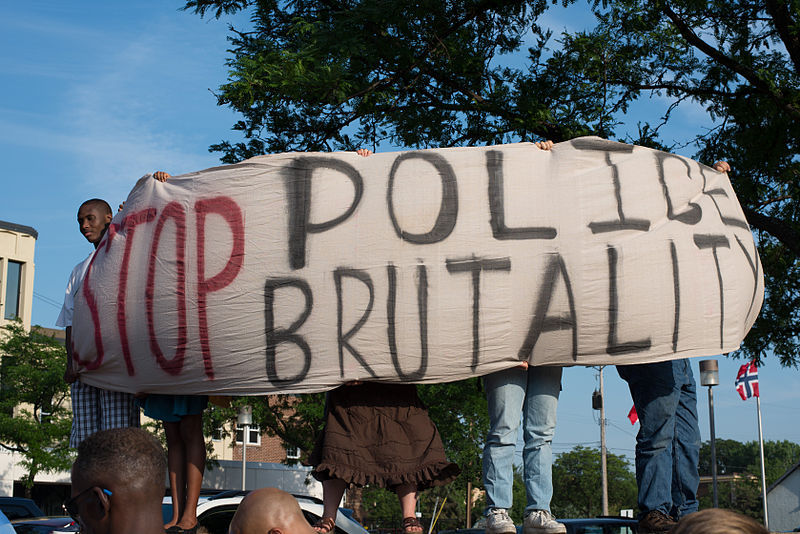When officials released the video of Tyre Nichols' death at the hands of five Memphis police officers in late January, a warning was attached advising of its graphic content.
The footage of Nichols crying out for help while being beaten by officers is yet another horrific video of police brutalities circulating online, such as the killing of George Floyd in Minneapolis, Laquan McDonald in Chicago and Eric Garner in New York City.
As these videos are released, many people struggle with the decision to watch or avoid the graphic footage.
Delishia Pittman, an associate professor of counseling at the George Washington University Graduate School of Education and Human Development, explained in an interview with GW Today the consequences of watching repeated videos of police brutality and excessive, sometimes fatal, force and how to cope with the aftermath.
Pittman described the release of these videos as a double-edged sword because while they provide an accurate account of what occurred, the violent nature of the footage can be extremely distressing.
“There is a significant amount of warranted mistrust in the justice system," Pittman said. “There is sort of a collective need within the Black community to see it for ourselves. We want to be sure that what we're told happened, has happened.”
But consuming violent content has consequences. Pittman said the human psyche is not designed to watch people die and viewing so much disturbing content is difficult for our brains to process.
Particularly for Black individuals, she said, watching videos of police brutality can be traumatizing.
“I think it can be very personal every time a video is released or one of these shootings takes place because it could be us,” Pittman said. “It could be our brother, our cousin or our dad. So, it can feel much more personal. It hits much closer to home [for Black people] every single time.”
As people consider whether they should watch these videos, it’s important to understand seeing a video of someone being killed can have an adverse psychological impact. Pittman said vicarious trauma can occur when you watch something horrific happen to someone else. It can lead to symptoms of psychological distress, such as trouble sleeping, anxiety or hypervigilance.
Pittman encouraged everyone to evaluate and filter the content they consume. It is also important to find a safe community to reach out to while struggling with processing the feelings and impact these events stir, she said.
“Finding people who share your experience. There can be a level of catharsis and healing just in being in a space with people who feel what you feel without having to name what you feel or intellectualize what you feel,” Pittman said. “You don’t always want to intellectualize an emotional and personal experience. You want to be angry and hurt and scared. And you need room for that.”
The widespread discussions following the release of these videos can go on sometimes for months and can often be polarizing and difficult as well. Pittman said it is good to process your thoughts and feelings before engaging in conversations in classrooms or among friends and family.
“One of the things that I'm often talking about, particularly with younger people, is the need to know your bandwidth,” Pittman said. “If you have a boundary or if you need to not engage in a conversation that is well within your right.”
Another worry among mental health professionals as they consider the long-term impacts of people watching these videos is that over time, people will become desensitized to violence which can lead to a lack of empathy for victims.
“I think people have already become desensitized,” Pittman said. “People will watch a video of someone getting murdered and then go to lunch. This isn't a video game. This is it. This is real life. That is someone's child, someone's husband or someone’s mother. And there is a dehumanization of Black and brown bodies because of the release of these videos.”
Pittman advises all her clients against watching videos of these horrific deaths. She said it is possible to advocate for change without viewing the violent deaths of victims of police brutality.




